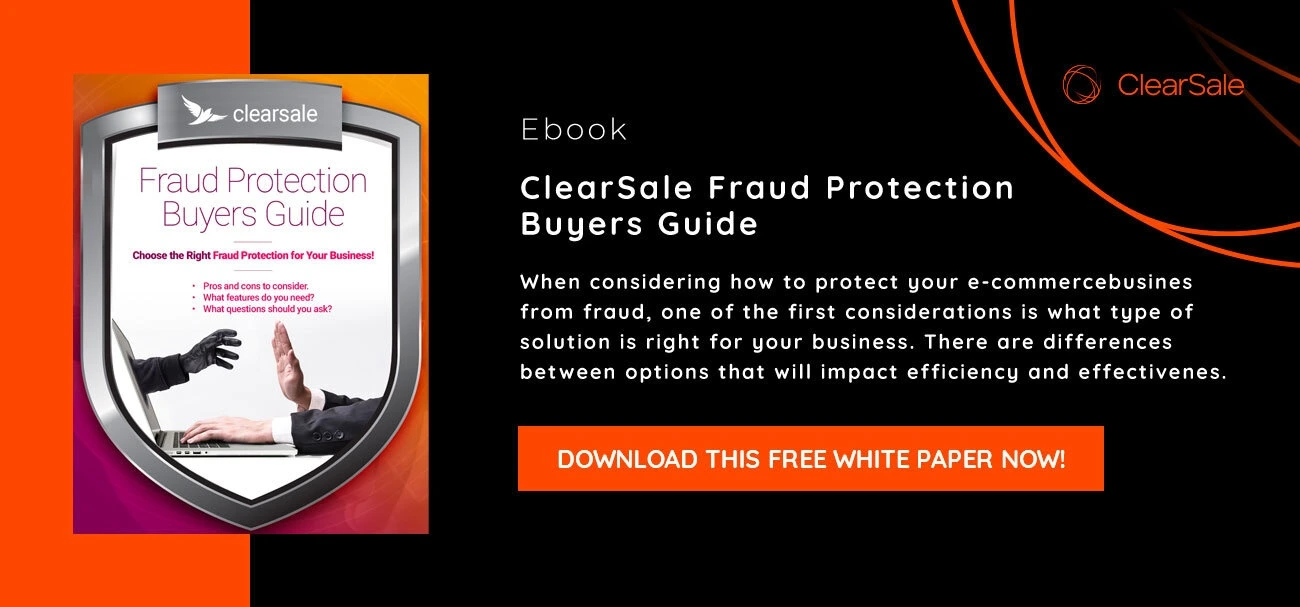The Risks of Selling Worldwide
Cross-border trade is hot – and potentially dangerous. Although total sales are projected to be worth $2.4 trillion by 2019, only 20% of companies believe they’re prepared for the risk of conducting international sales.
Merchants are challenged every day to distinguish between fraudulent and legitimate customers. It’s tough to verify that customers are who they say they are and stay one step ahead of fraudsters’ evolving techniques. Add to that the complexity of dealing with multiple languages, currencies, consumer behavior and payment preferences, and merchants with cross-border sales may quickly feel overwhelmed as they struggle navigate the multitude of increasingly perilous fraud risks.
Inherent Challenges With International Payment Gateways
In theory, validating an international sale shouldn’t be much different than validating a domestic order, right? Unfortunately, the difference is huge: Foreign orders placed with U.S. merchants are 1.5 times more likely to be fraudulent than domestic orders.
Other issues merchants face include:
False Declines
The challenge for merchants isn’t just preventing fraudulent transactions from being processed; it’s also ensuring that legitimate foreign transactions are allowed through. On average, up to 18% of foreign e-commerce transactions are declined. It’s very likely some of these transactions are rejected solely because they originate in a particular country, not because there’s any specific risk associated with the transaction.
Insufficient Understanding of a Payment System
There’s no single standard for transaction review, which makes identifying fraudulent foreign orders difficult. Many merchants end up implementing country-specific fraud protection tools, which can be complex, expensive, and resource-intensive.
Risks of Alternative Payment Methods
While merchants may be willing to accept different payment methods for different countries, each method comes with a unique fraud risk. Combine this compilation of multiple payment types with the unique chargeback and false decline risks for each country, and merchants find they must exponentially increase manpower to prevent fraud.
How Merchants Can Maximize Sales While Minimizing Fraud
Combine constantly evolving (and hard-to-detect) fraud with changing payment landscapes, and merchants are challenged to keep their e-commerce sites safe.
While it’s impossible to eliminate the risk of fraudulent foreign transactions entirely, merchants should take these steps to reduce the risk:
Work in the Local Language
Risks can be minimized if merchants fully understand the order information they receive. Local translators can offer more than a word-for-word translation of an order; they can also uncover the deeper meaning, subtle intonations and fraud risk a strict translation might not.
Validate IP and Shipping Addresses
Internet Protocol (IP) addresses can pinpoint exactly where customers are when they place an order. Mismatches between this location and the shipping address should always flag a manual review of a transaction, especially when the orders originate from or are sent to high-fraud-risk countries.
Avoid Freight Forwarders
Freight forwarders seem like an easy way for businesses to save on international shipping costs. But not all freight forwarders are reputable, and some may even hold merchandise for ransom. Before merchants trust a freight forwarder with valuable merchandise, they should verify their legitimacy by checking their global partner listings and confirming they have an authentic, active website.
Review Atypical Transactions
Unusual transactions are always worth a second look. Orders like these should send up red flags:
- Exceptionally large orders, especially from first-time customers
- Multiple orders from the same IP address shipped to different addresses
- Obviously fraudulent names (John Doe), addresses (123 Main Street) or email addresses (rjgitesm@gmail.com)
Ensure Payment Gateways Have an Extensive Network of Acquiring Banks
Sometimes, international transactions are flagged for fraud simply because a transaction in one currency is routed to a bank dealing in a different currency. To improve payment success rates, merchants must ensure their payment gateway has a wide network of acquiring banks so merchants can route transactions to an acquiring bank in their region.
Understand the Global Fraud Risk
While it’s tempting to believe that international transactions are riskier than domestic ones, the highest e-commerce fraud rates occur in the United States, followed by India, Canada, Japan and Russia.
Making assumptions about specific countries and their fraud risk can lead merchants to lose potentially lucrative long-term customer relationships.
Require Shipping Delays
Fraudsters often request rush shipping on their fraudulent orders; they want to get their hands on merchandise before consumers realize their credit cards have been stolen. Consider implementing a 48-hour shipping hold on all international transactions. This delay may be just long enough to deter fraudsters.
International Transactions Can Be a Gateway to Growth
Businesses around the world lose an estimated $3.5 trillion to fraud each year, but these losses don’t need to be so high. As merchants expand their customer base into foreign countries, they can reduce this loss and safely grow their business simply by implementing the right fraud protection strategy.
The right partners will have a solid world view of fraud — understanding e-commerce across countries, channels and payment gateways. These partners should also be able to evaluate transactions for risk to prevent false declines and conduct real-time screening to detect and prevent fraudulent activity.
ClearSale brings its combination of artificial intelligence and human review to companies around the world, helping them safely expand internationally. Contact ClearSale today to find out how we can add success and security to your global sales.
 Sarah Elizabeth
Sarah Elizabeth
